If you’re looking to grow your business, you’re probably aware that one of the most important factors is understanding your target audience. So, we’re going to take a beginner’s look at what target audiences are, why they’re important, and how you can start to better understand yours.
So, what exactly is a target audience? Simply put, it’s the group of people that you’re aiming your products or services at. Understanding your target audience means understanding their wants, needs, pain points, and behaviours. The more you know about your target audience, the better you can tailor your marketing messages to them and the more likely they are to buy from you.
Why is understanding your target audience so important?
Well, for starters, it helps you create products and services that meet their needs. If you don’t understand your target audience, you could be creating something that doesn’t solve their problems or doesn’t appeal to them at all. Meeting their needs increases the likelihood that they will buy from you, as they feel that your brand understands their needs and is offering a solution that meets them.
Understanding your target audience can also help you make better marketing decisions. If you know who your target audience is, you can figure out where they spend their time online or offline, what kind of content they consume, and what messages resonate with them. Armed with this knowledge, you can create marketing campaigns that are more likely to get their attention and motivate them to take action.
So, how do you go about understanding your target audience? Here are some steps to get you started…
Define your target audience
Before you can start understanding your target audience, you need to define who they are. Start by thinking about who your ideal customer is. What age range are they in? What is their gender? Where do they live? What are their interests and hobbies? What problems do they have that your product or service can solve?
Once you have a general idea of who your target audience is, it’s time to dive deeper. Conducting market research can help you gather more detailed information about your target audience. This can include things like surveys, focus groups, and interviews. You can also look at industry reports and studies to get a better understanding of broader trends and behaviours within your target audience.
Create buyer personas
One helpful way to organise the information you gather about your target audience is to create buyer personas. A buyer persona is a fictional representation of your ideal customer, based on the data you’ve collected. This persona should include things like age, gender, location, interests, pain points, and behaviours.
Pain points are the problems or frustrations that your target audience experiences, and understanding them allows you to create messages that show how your product or service can solve those problems. By addressing your target audience’s pain points, you are showing that you understand their struggles and that your brand is there to help them overcome them.
Understanding your target audience’s behaviours allows you to create marketing campaigns that are more likely to resonate with them. By understanding where your target audience spends their time online or offline, what kind of content they consume, and what messaging resonates with them, you can create marketing campaigns that are more likely to catch their attention and motivate them to take action.
Creating targeted marketing messages
Having a clear understanding of your buyer personas can help you create more targeted marketing messages and campaigns. Let’s take a look at an example – let’s say you are a small business owner who sells organic skincare products. Your target audience is women aged 25-45 who are environmentally conscious and interested in natural beauty products.
Your target audience’s pain points include concerns about the harmful ingredients found in many skincare products, as well as frustration with products that don’t work or irritate their skin. They may also be concerned about the impact of their consumer choices on the environment.
Your target audience wants skincare products that are made with natural ingredients and are environmentally friendly. They are also looking for products that are effective and will improve their skin’s appearance and health.
Your target audience needs skincare products that are gentle and nourishing, as they may have sensitive skin. They are also looking for products that address specific skin concerns, such as acne or ageing.
In terms of behaviour, your target audience spends time researching skin care products online, reading reviews, and looking for recommendations from friends or influencers. They are also likely to be active on social media and interested in learning about new beauty trends and products.
Using this information, you can create marketing messages and campaigns that speak directly to your target audience. For example, you can create social media posts that highlight the natural ingredients in your products and the benefits they provide for specific skin concerns. You can also create blog posts that address common skincare concerns and offer tips for maintaining healthy skin. Additionally, you can partner with influencers who share your target audience’s values and interests, and have them promote your products on their social media channels.
Data and testing
In addition to conducting market research, you can also analyse data to better understand your target audience. This can include website analytics, social media metrics, and sales data. Looking at this data can help you identify patterns and behaviours among your target audience that can inform your marketing decisions.
Finally, it’s important to remember that understanding your target audience is an ongoing process. You should always be testing and refining your marketing campaigns and products based on the feedback you receive from your target audience. This can include things like A/B testing, customer surveys, and social media listening.
Understanding your target audience
Understanding your target audience is a crucial part of growing your business. By tailoring your marketing messages and campaigns to your target audience’s wants, needs, pain points, and behaviours, you are creating a more personal and meaningful connection with them. This can lead to increased engagement, loyalty, and ultimately, sales. If you’re not sure where to start, we can help.







